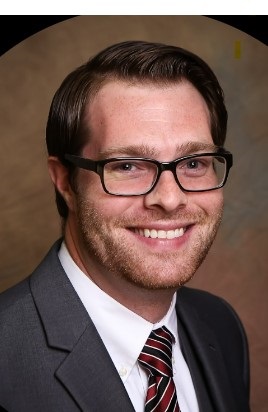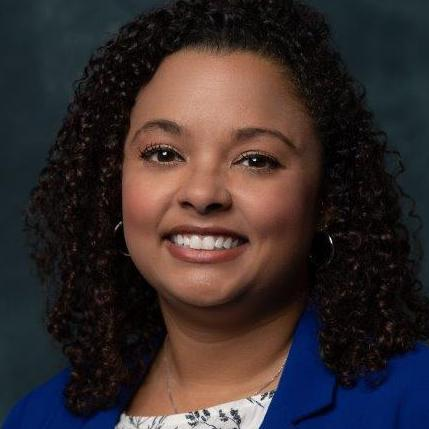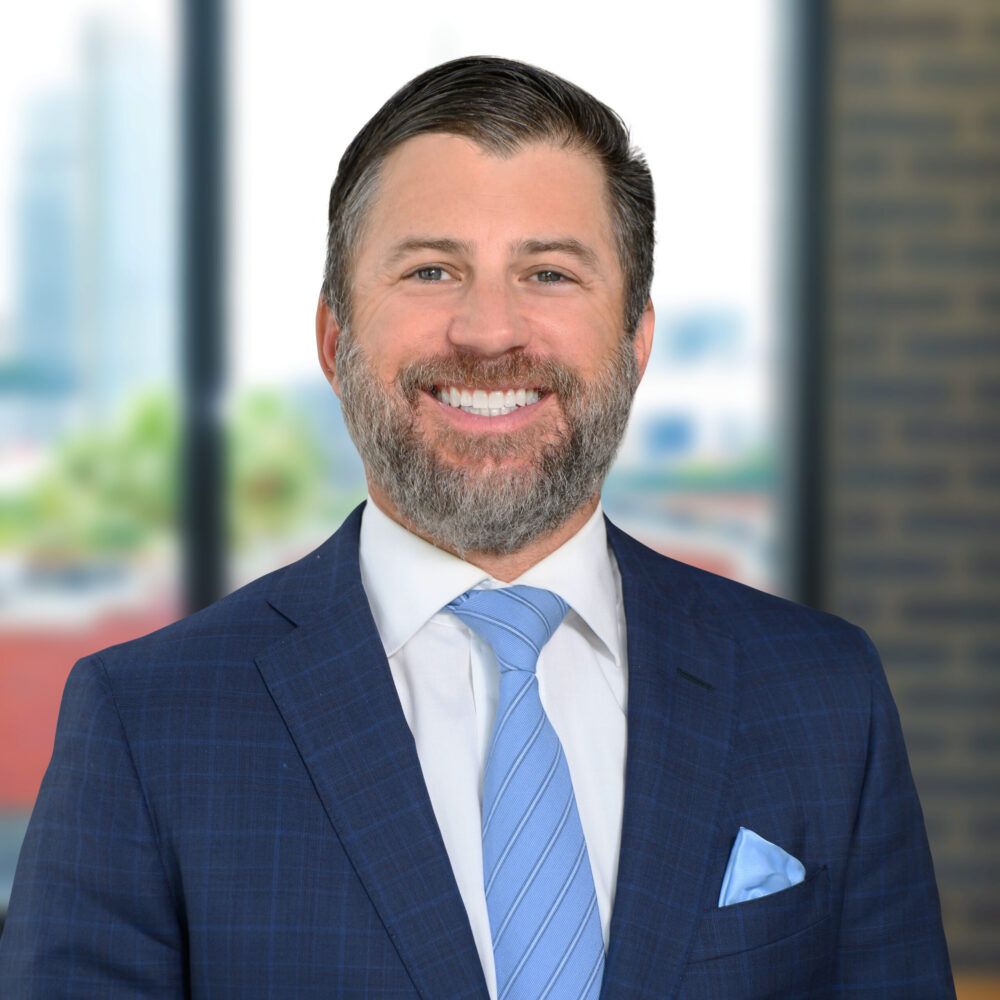If we’ve learned anything from the COVID-19 pandemic and our current economic and political environment, it is the need for planning, diversifying and risk management.
Nonprofits already face many challenges with aging donor bases, and workforce constraints, and an uncertain economic and political environment can ignite additional challenges. Consider areas your nonprofit could address to help sustain, and strengthen, your organization.
Understand and diversify revenue streams
Elections, legal rulings and other political changes can dramatically impact government funding and grants for nonprofit activities. Review your nonprofit’s revenue streams, regularly, for concentration and diversification opportunities. This includes seeking new grants, soliciting donations in a new way and creating new programs.
Maintain a deep understanding of the current political landscape and how legislative changes may impact funding so plans can be put in place if funding would be capped, stopped or rescinded. Revenue diversification is all about mitigating concentration risks — and then pairing it with cash flow modeling and strategic planning. Complete cash flow modeling and strategic planning, regularly, with multiple scenarios in mind so liquidity, solvency and longevity are not called into question when changes arise.
Determine how economic uncertainty and new legislation could impact donors and members. During higher inflation, or when there are changes to restrict charitable giving deductions, donations and participation may fall causing a relatively stable revenue stream to become more unpredictable. Knowing how your supporters, and participants, and their disposable income are impacted enables your organization to better plan, diversify and pivot, if needed.
Create short- and long-term reserves
Many nonprofits were forced to deplete investments and reserves as programs and activities were altered, or stopped, as a result of COVID-19 restrictions. As nonprofits come out of the pandemic, now is the time to better plan for future challenges and opportunities.
Creating short- and long-term reserves — potentially including establishing donor-restricted or board-designated endowments — can help prepare for future events. These reserves can range from a rainy-day fund, covering three to six months of general expenditures, to capital improvement and workforce development funds designed to improve facilities and attract, and retain, organizational talent.
Build these reserves into the budgetary process, investment policies, strategy discussions and cash flow and strategic planning models and give them equal attention. Having well-established reserves and endowments can help your nonprofit move its mission forward without sacrificing liquidity or longevity.
Prioritize debt payments
In times of high interest rates, having a lot of outstanding debt can significantly increase interest payments. Like in personal finance, list all debt arrangements and then prioritize and pay them starting with the highest interest rate. If you have variable interest rates, monitor those rates closely and frequently, reprioritizing if needed.
For debt secured before the pandemic with very low rates, it may be advantageous to stick to the longest repayment plan and invest excess cash in low-risk options currently available with greater than 5% returns.
Stay the course with investment portfolios
During periods of economic uncertainty, market performance may be more volatile and can cause investors to question their investment portfolios and allocations. Technology makes it quick, and easy, to transfer investments via phone or online — and make quick, and irrational, decisions.
Instead, be thoughtful. Regularly confirm your investment portfolio is still aligned to your organization’s needs. Most often, investments are designed to support future aspirations; therefore, resist the urge to make sudden changes and trust the long-term performance of your portfolio.
Then, review the current market landscape so you are not missing opportunities. For example, many nonprofits make investments in money market funds or treasury bills versus having their cash sitting in bank accounts accumulating little, to no, interest. Consider taking advantage of opportunities like these to put your cash to work and capture some additional needed return.
Monitor bank balances and FDIC limits
As we have seen over the last year, banking challenges can arise during economic uncertainty. Understand current FDIC limits and review your cash management policies and practices. It is all about diversification, mitigating risk and exposure and balancing that with rates of return and the need for, or availability of, cash. There are many different cash management opportunities to deploy — it is simply finding what works for you.
By Rob Zuengler & Danielle Gantt, CLA


For more information on nonprofit planning strategies, in Tampa, contact Danielle Gantt at [email protected] or 813-739-7605. The information contained herein is general in nature and is not intended, and should not be construed, as legal, accounting, investment, or tax advice or opinion provided by CliftonLarsonAllen LLP (CliftonLarsonAllen) to the reader. For more information, visit CLAconnect.com. CLA exists to create opportunities for our clients, our people and our communities through our industry-focused wealth advisory, outsourcing, audit, tax and consulting services. Investment advisory services are offered through CliftonLarsonAllen Wealth Advisors, LLC, an SEC-registered investment advisor.














